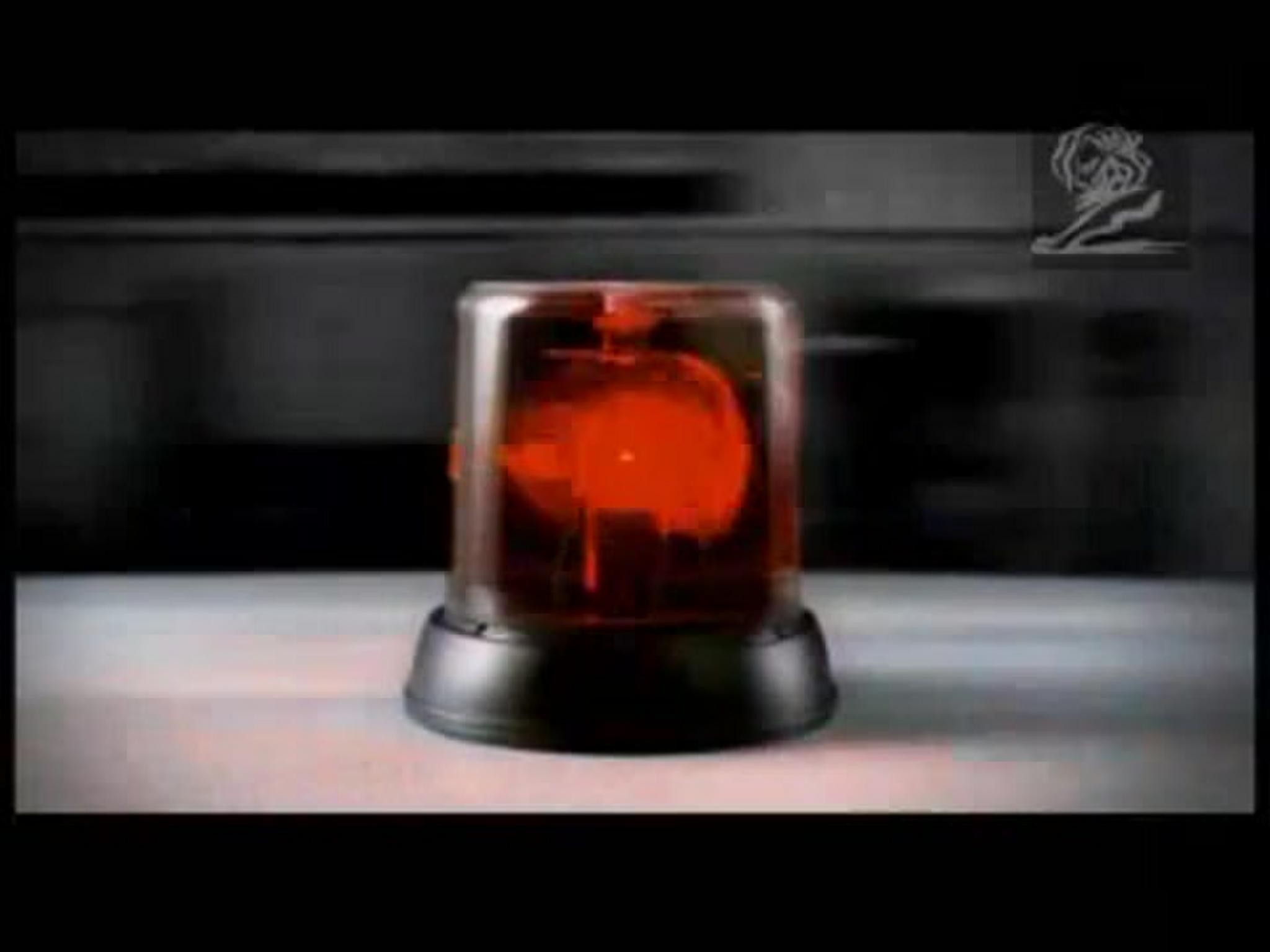Cannes Lions
SPIRIT OF TOGETHERNESS
DENTSU PUBLIC RELATIONS, Tokyo / RED CROSS / 2013



Overview
Entries
Credits
OVERVIEW
Description
The Japanese Red Cross Society’s 136-year history makes it one of the oldest and largest of the world’s 188 Red Cross Societies. The JRCS is also one of the organization’s most active, running a total of 442 facilities nationwide, including hospitals, child welfare and elderly care centers. Heavily reliant on public donations, in recent years the JRCS found itself struggling for funds after failing to effectively publicize its activities, particularly among younger Japanese.
Recognizing the need to improve the JRCS’s internal and external communication capability, the agency devised a communications campaign utilizing the organization’s greatest asset – its 62,000 staff. Entitled 'Spirit of Togetherness', the campaign’s aim was to foster better communication among JRCS employees and their surrounding communities.
To emphasize the campaign message and to make better communicators of JRCS staff, seminars and workshops hosted by the agency’s PR experts were held across the country. These featured a mix of practical training and advice, with content varied according to staff seniority. Guided by this strategy, the JRCS instigated a wide range of communication projects, with the most successful recognized in an annual awards ceremony.
As a result of the campaign, the media profile of the JRCS was significantly enhanced, as evidenced by a five-fold increase in the number of media placements reporting the organization’s good works. The large number of new communication projects also helped to strengthen ties with local communities, and the story of the campaign is now even featured in junior high school textbooks.
Execution
From July 2012 the agency’s communications experts traveled the country holding interactive workshops to help staff at various facilities to improve their communications skills. The diverse content of these sessions spanned from how to take good photos, to the basics of producing effective printed materials. For more experienced or management-level staff, the sessions focused on how to create a communications strategy and engage more effectively with the media.
This capacity gave rise to many unique communications projects, including a theme park where children could experience the work of the Red Cross, a picture book based on the true story of a child survivor of the tsunami, and a soccer game in which professional players coached children whose lives were saved through blood transfusions. At the end of the year, a competition was held among the 442 JRCS facilities, with prizes awarded for the most effective communications activities.
Outcome
The ongoing campaign resulted in more eye-catching and appealing Red Cross content, combined with more effective approaches to the media, that generated a large number of placements portraying the organization in a positive light.
Five years ago the JRCS’s activities produced only 987 placements, but during 2012 the number increased five-fold to 4,925. Moreover, 97% of staff members surveyed evaluated “Spirit of Togetherness” as an effective project.
On May 8th, International Red Cross day, the Japanese Red Cross now decorates one of the most famous fashion streets in Tokyo with Red Cross flags alongside the JRCS slogan, born out of the campaign, which roughly translates as “Together for humanity.”
This slogan is now even included in the textbooks of junior high school pupils, having been introduced as a key example to encourage young people to actively help each other.
Similar Campaigns
12 items






